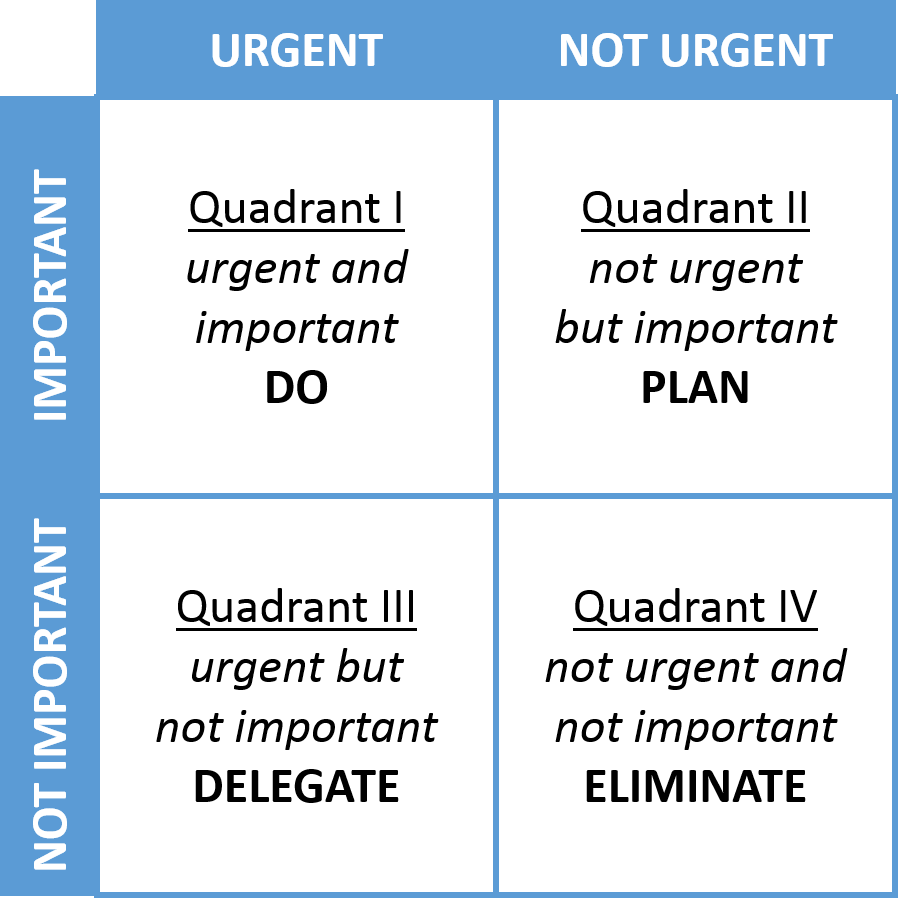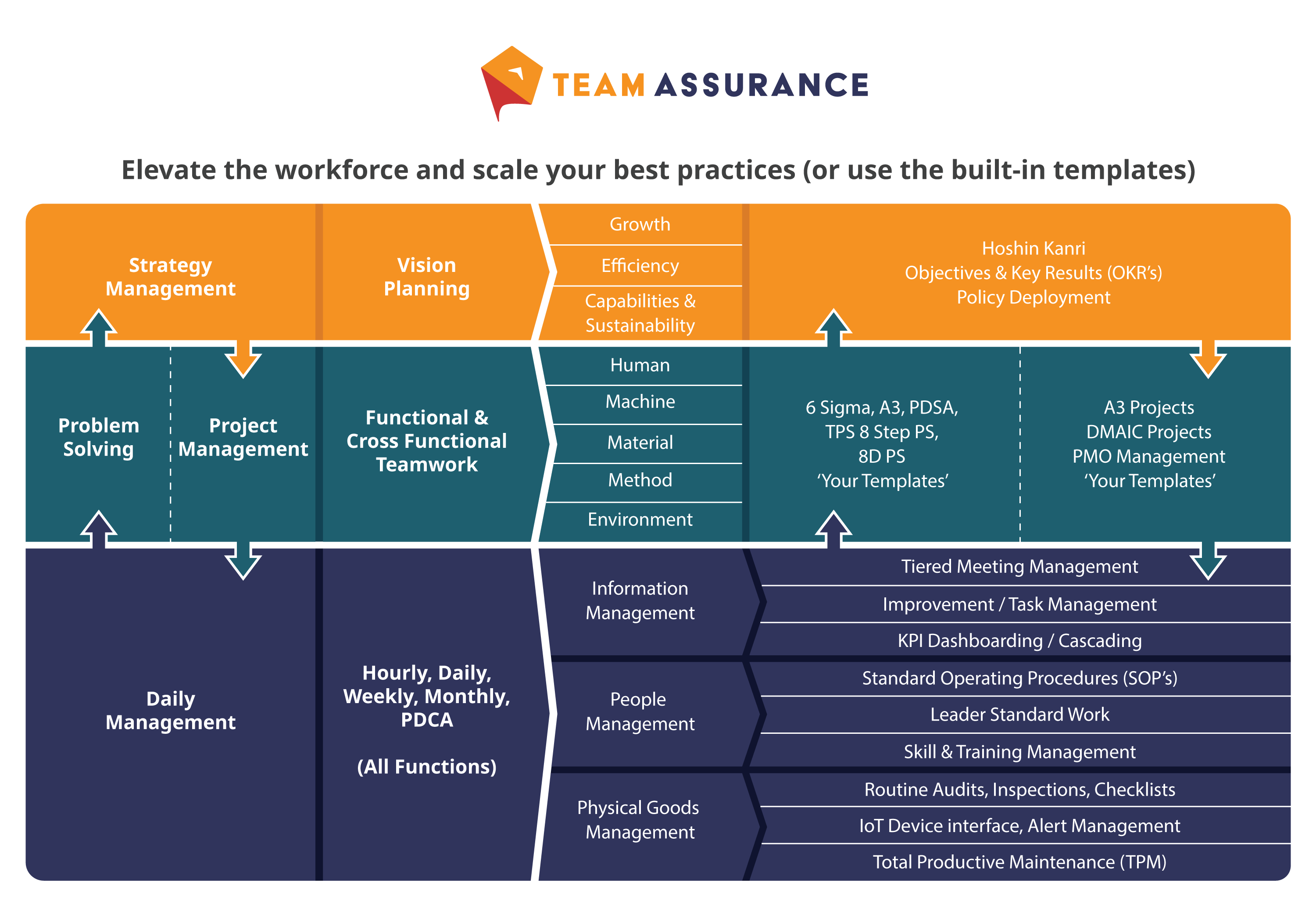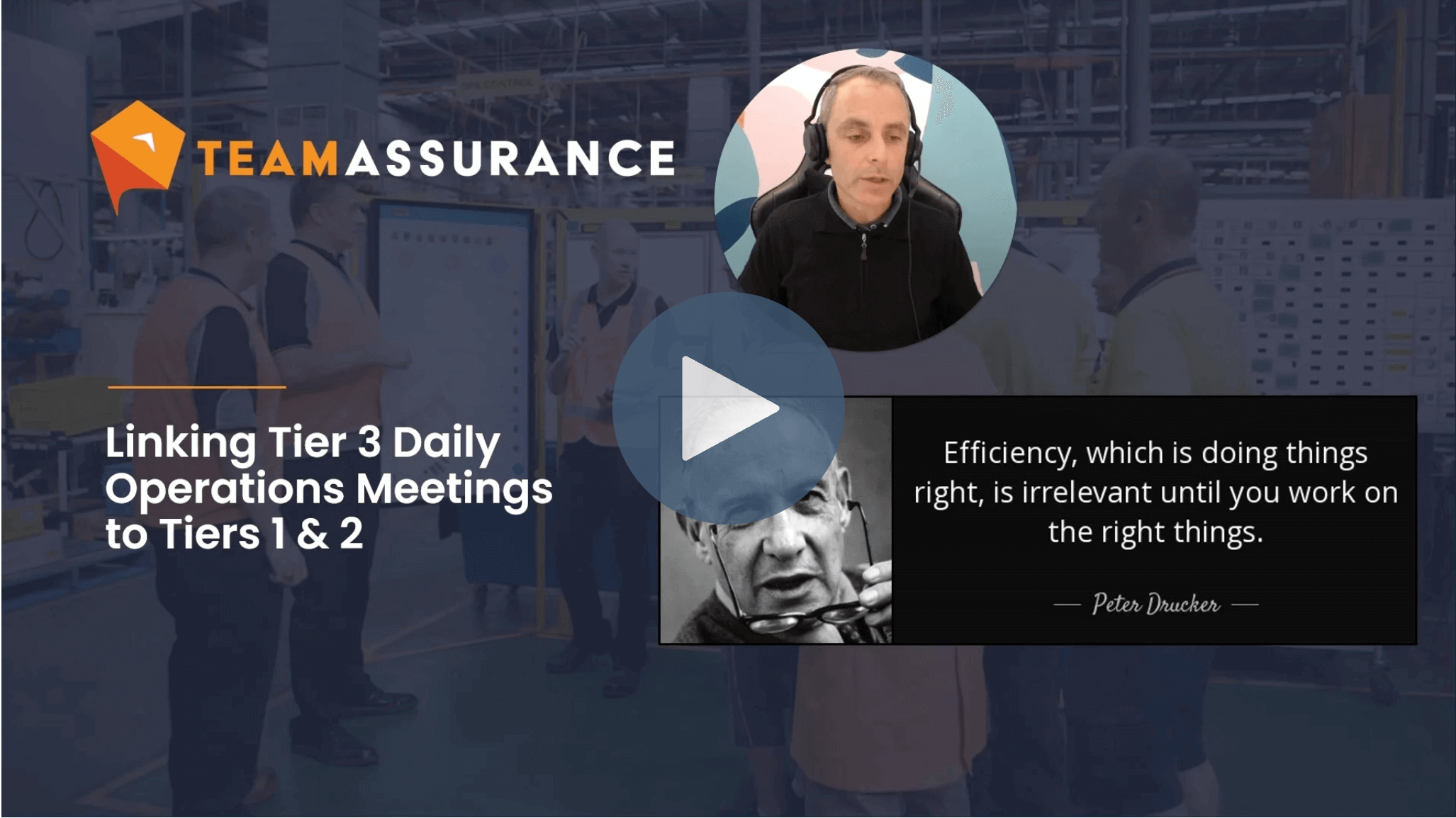Paul Dunlop dissects why we constantly find ourselves fighting for time and why saving time with Lean is worth the personal investment.
Lean is many things, but first and foremost Lean helps us to create time. Time is the one resource that is finite. Our only answer when we run out or are constrained by time is to use more of it or rush through activity, pushing harder.
The ‘busy’ we feel and see every day in our organisational life is a direct result of time being used poorly. It is a manifestation of the inherent problems in our process and our outdated leadership approach. This is a dangerous and unsustainable place to be for people and process. The inevitable consequence is that something eventually breaks – damaging our people, process and customers.
An environment of constant reactive and corrective behaviour makes emotions run high. It leads to fatigue, stress and unnecessary pressure. An approach of ‘faster, longer, more’ provides us with limited options or a sense of their being no way out. It drives a culture of fear, blame and error – because we simply do not have time and are stuck in the moment feeling that we have no choice.
Chaos often becomes the status quo
This situation is evident at an individual level with many middle managers swamped, working excessive hours. The constantly feel under duress and struggle to keep their head above water. When leaders lack clarity, structure, discipline, and the tools to learn and improve their situation – this is where they will find themselves.
This can be the product of the process environment’s volatility and inherent waste or it can be the contributing factor. Sometimes it can be both! A leader’s time must be focused on the right things at the right time to enable them to optimise the performance of the process and people in their care. When a process is not in control, everyone has to work harder to achieve the desired and prescribed outcomes. This, again, limits our time; in turn limiting our choices to think and behave proactively.
An out of control process means that everyone is dragged into the ‘weeds’ of the daily minutia because problems are band-aided and the view is short term. Time is consumed through constant waste, volatility, low value activity, overburden or cumbersome ineffective processes and bottleneck leaders. Unless we start to create space through improving our process or ‘make’ time to think proactively we can never break out of this cycle. Unfortunately, this is many organisations situation normal, even their modus operandi. When in fact, they could be saving time with lean tools and processes.
All roads (and some Lean principles) lead to Rome
Marcus Aurelius (one of ancient Rome’s finest lean thinkers) said “Because most of what we say and do is not essential. If you can eliminate it, you’ll have more time, and more tranquility. Ask yourself at every moment, “Is this necessary?”
Through the application of Lean thinking the one product we consistently create and gain is time. A smoother, easier process flow created by waste reduction and elimination means we have got time back from the hands of chaos. We must constantly seek to reduce the overall time to make, deliver and introduce new products or services. Time is our single biggest overall measure of success. If time reduction is our priority our behaviour is directed to the right things – waste, flow, pull, and the pursuit of perfection.
Consider Stephen Coveys 2 x 2 matrix with the axes of important and urgent:

Many process leaders spend excessive time in the ‘urgent but not important’ category which again is indicative of out of control conditions and firefighting. Leaders (and everyone) need to prioritise time spent away from the ‘urgent but not important’ to the ‘important but not urgent’ tasks. This means creating structure and time to be intentional and proactive and to work on the necessary. Saving time with lean tools and processes can lead to significant gains.
Invest in saving time with Lean habits
The status quo of chaos just means we continue to work harder, faster and longer. We never get to the things we would like to do and remain in an environment with no choice! We are creatures of habit – often derived from instant gratification and short term thinking. We prioritise the feel-good nature of immediate outcomes and waste, sacrificing time in the present. This manifests as firefighting, band-aid solutions, and a hero mentality. All at the expense of investing in our future which ultimately robs us (and our people) of time and choice.
Investing time in making what happens in our process visual, focussing on it daily and engaging people in the improvement conversation builds the foundation of time-saving. Making time to understand what’s working well, what’s not and actioning the opportunities for improvement helps us to create time through learning and incremental gain.
As my wife says, “Be kind to your future self.”
Invest in small improvements each day with a long-term view. Be patient and as more people engage and improve daily the better things get and the more time will be created. The time we gain in our process and in our days means we have created choice. We now have a choice in how we utilise the time and capacity gained for our people and our process. The time we gain back through efficiency can then be utilised to be proactive. Saving time with lean processes enables us to take on more work, further improve our process, to develop our people, and to dream!
Whatever it might be at least we have created a choice, space, and time for good quality activity.
Saving Time With Lean Means Not Just Focusing on a Locally Optimised ‘Island’
For any process to not only be sustained, but to thrive, it must be supported by adjacent processes and systems. So when implementing Lean consider how the various tools interconnect – and ensure you don’t optimise or develop them in isolation. Tools like Leader Standard Work, standardised problem solving techniques, and a Tiered Daily Management system should work together to handle the full PDCA loop.
The schematic below of the TeamAssurance platform below shows how we designed an interconnected platform that avoids disconnected ‘Point Solutions’ (digital or analog) that do not help, and or even act as barriers, to achieving an optimised CI framework.

Want to explore the opportunities offered by digital-aids to Lean tools? If you’re a Business in need, or a Consultant with clients in need, contact us for a demonstration of the TeamAssurance platform today.






